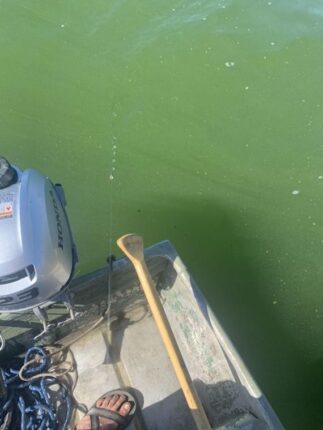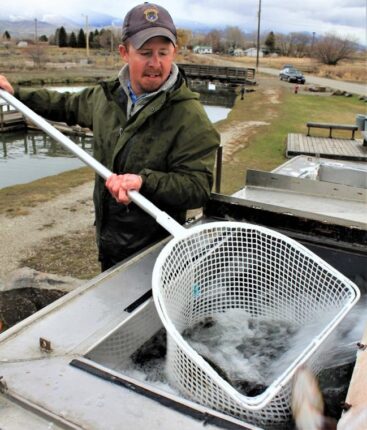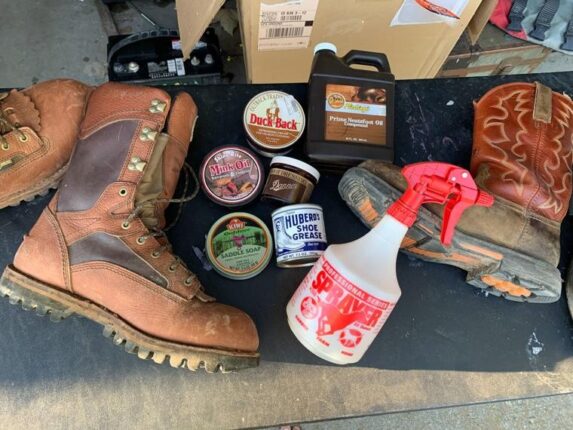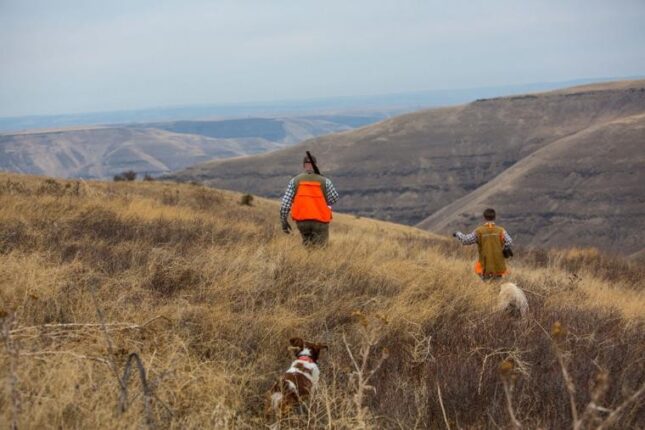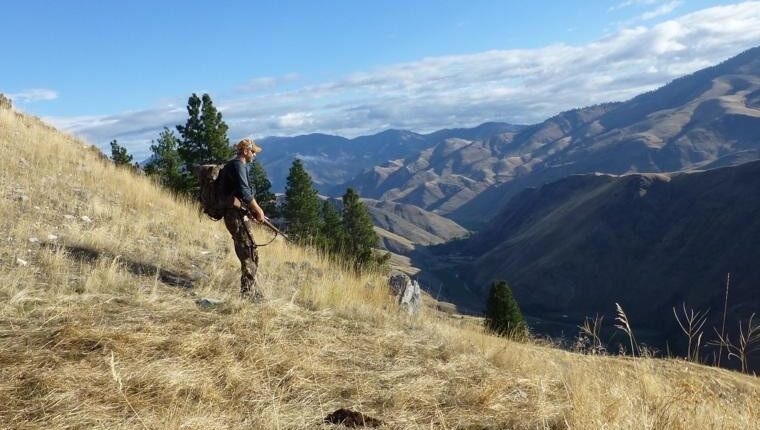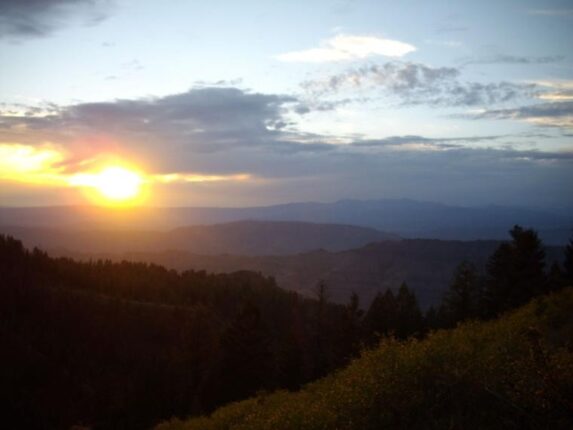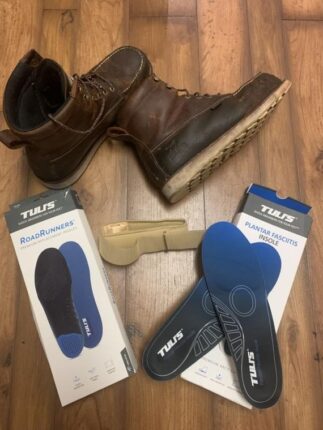I went out fishing today by myself and had time to think about some deep topics. I decided, if you really think on it, outdoor writers are useless. They’re like sheep. If one jumps over an imaginary rock, they all do. Here’s what I mean by this. They all preach the same gospel. Nary a one of them has an original idea.
If one of them comes up with a new theory, they all preach the same thing. For instance, if you read any article on elk hunting, they, one and all, say now that we have wolves terrorizing our elk 24/7; they don’t talk as much. Go to any elk calling seminar or read any elk hunting article and they’ll advise you not to call much. It sounds plausible. In fact, it makes a lot of sense. The problem is, IT’S FALSE.
Years ago I was elk hunting and a buddy had a camp and was hunting in the same area. Twice that week one of the guys in his camp was calling elk and a pack of wolves came in and circled him and his young son. So yes, wolves will zero in on elk if they’re talking.
Wolves have definitely made them quieter BUT they still come in when you’re calling, they just might not be talking. I learned this years ago. My old hunting buddy Roger Ross was getting near the end of his hunting career and couldn’t walk much. He’d use a walking stick and set on a three-legged stool.
What was probably our last hunt, we went to where he’d seen a bull. He got on one side of a rise and had me set on the other, about 100 yards apart. I asked him, how long do you want to set here. I figured 15-30 minutes so it surprised me when he said about 1½ hours. I didn’t want to question him so I said okayyy.
We called and called. About 1½ hours later I looked down the mountainside and here came a four-point bull sneaking up to me. He never made a peep. I learned then that yes, they may not talk as much but they’ll still come in. Since then, I call more than ever.
And terminology. If one writer comes up with a new word it suddenly is the buzzword. For instance, I caught most of my fish Saturday in the upper third of the water column. Suddenly everyone is talking about the water column.
So with all of the above said, why can’t there be one creative writer out there in the midst of the 102,325,789 other derelict writers and write on real and timely topics that we’d like/need to hear? This thought is so abstract that I bet that if an outdoor writer reads this column, he’d be shocked!
To prove my point, has anyone ever seen an article about ‘Fishing for Rods?’ Am I the only fisherman that has ever lost a pole in Davy Jones’ locker? No! I was reminded of this today. I ran over to CJ to see if I could catch one last cooler of crappie and perch to tide us over this winter. It was a beautiful day. There was basically no wind, which in and of itself is a medical miracle in Idaho!
Everything was going perfect. Well, maybe not. In the first 2-3 hours I had only caught one crappie. So it was time to try something else. I used jigs, Ratlin’ Traps and bottom bouncers. Nada. So I ran over to a spot where I usually can rack up the trout. Someway while driving the boat, managing my lines and such, the bottom bouncer snagged the bottom and jumped out of the boat like a high diver.
I’m trying to get a visual on where it flipped, fight the wind that had kicked up and get turned around without hanging the other line in the motor as I saw the rod slowly sinking to the bottom.
Which brings up the name of this article. Why haven’t any of these phony outdoor writers ever written an article describing the best way to retrieve a rod that jumped over board? I know I’m not the only one that this has ever happened to.
I figured a Kastmaster should be good to snag the pole. The best I’ve ever been able to figure out is to get a heavy sinking lure with treble hooks and drag along the bottom in hopes of snagging the line or rod.
It wasn’t like the fishing was red hot so I might as well try to snag it for a minute. I decided to upgrade my rods and reels a few years ago so I didn’t particularly want to lose one. But, after a good 15 minutes I decided that maybe I wasn’t that emotionally tied to this particular rod. I’ll try a few more casts.
I was about to give up when I felt something drag a little. I’d hung the line and the Kastmaster ran down to the bottom bouncer. I reeled it up and pulled the line until I got the rod in. I thought hold it, this would be a good article so I whipped out my cell phone and took some pics.
It was a little tough to get anything resembling a decent picture plus then it hit me. If I keep messing around, I’ll probably drop the rod back down and maybe my cell phone. So, the picture you see is the best you’re gonna get!
MORAL TO THE ARTICLE: If a rod flips overboard, try to mark where the crime scene is. Then drag a heavy lure over the area. End of story.
